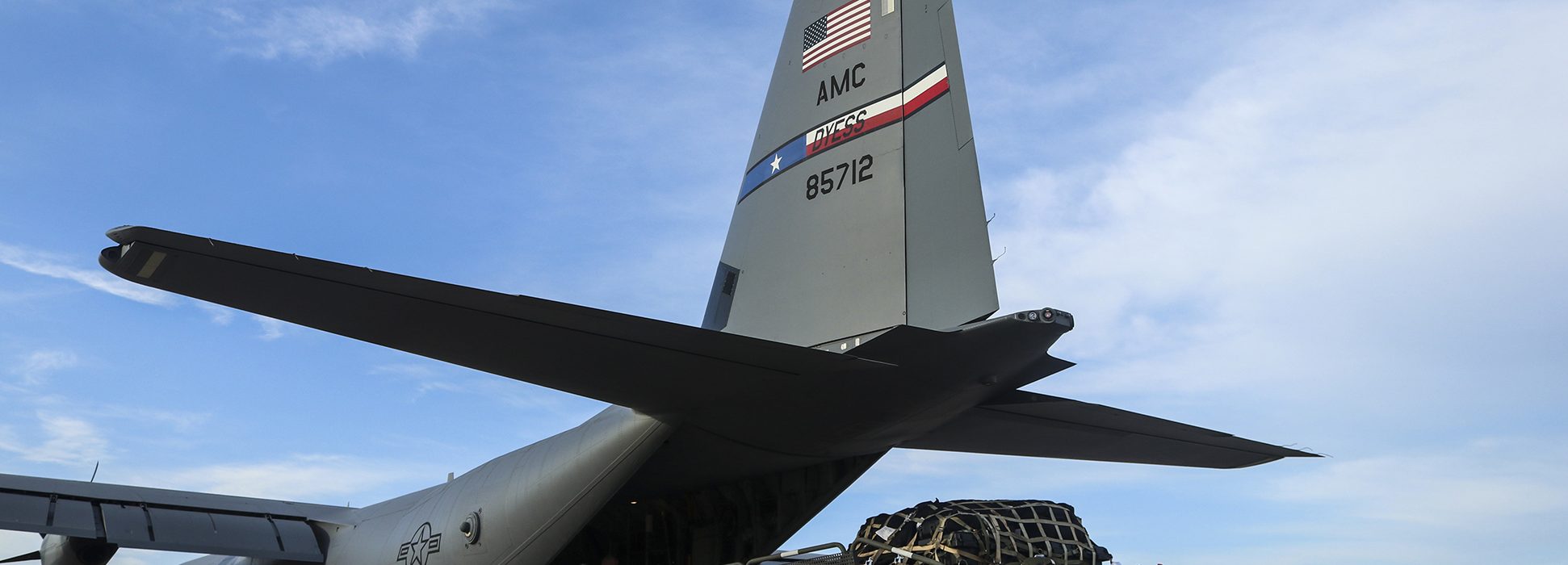The Air Force is sprinting to solve a problem that has vexed the service for years: How to simplify downrange deployment rotations and simultaneously improve readiness at home.
Air Force Chief of Staff Gen. Charles Q. Brown Jr. expects to announce by the end of the year a new, force generation and presentation model he promises will be easily understandable and offer Airmen and their commanders a clearer view of their futures. “My goal is to get this done by the end of the year,” Brown said during his keynote address at the Air Force Association’s virtual Air, Space & Cyber Conference.
“We want to make our force generation and force presentation model easy for us to understand and articulate inside our Air Force, and easy to understand in our joint force,” he said. Doing so will “ensure we provide the right capabilities at the right place, at the right time—while we maintain readiness for now and into the future.”
Brown’s is the latest effort to solve this puzzle, following on the heals of his predecessor’s push to revitalize squadrons and the 2013 “AEF Next” program, which never really took root.
Among the challenges: Airmen in high-demand career fields whose frequent deployments leave little time at home to recover and train. “That’s something we have to manage closely,” Brown said. “We also have to talk to the joint force and say, we have a finite set of resources to do this. We can’t wear them out so they’re not ready for the future.”
While the Air Force is flexible—Airmen and aircraft can deploy as individuals or in groups of every size up to an entire squadron—its lack of a consistent and clear deployment model makes it hard for theater commanders to understand the limitations the Air Force has. “Because if we don’t have a good system … it’s very easy for us to actually continue to commit forces, commit forces, commit forces,” Brown said. “And then we don’t have readiness in the future.”
Brown said requirements differences within the service add to the challenge. “Our force presentation, force generation model is different across the Air Force,” according to Brown. “What I want to do is make a ‘one-size-fits-most’ [solution].”
The “one-size-fits-most” approach aims to have Airmen build teams together, training at home as they would fight downrange—and to structure that model to be able to manage dwell ratios so that units aren’t overtaxed.
Some parts of the Air Force have already shifted in that direction. At Air Mobility Command, Active-duty KC-135 and C-130J squadrons have been operating on a squadron deployment model for the past year. Squadrons deploy in their entirety, rather than sending detachments downrange. The shift promotes “unit cohesion and provides greater predictability and stability,” an AMC spokesman said. KC-135s began deploying under this model in August 2019, and the first C-130J model a month later.
“How do we actually build teams that work together, and then deploy together? You’ve got to build a model,” Brown said. “The key aspect of that is to ensure you know which part of the force is actually going to be deployed, which part of the force is getting ready to deploy, which force is back home getting ready in a cycle. We’ve got to build a cycle like that and then be disciplined about it, so that we can maintain that level of readiness for our Airmen [and] a level of flexibility for them and their families.”
Within the Air Force’s bomber community, the end of PACAF’s continuous bomber presence mission is partly intended to ease this burden. Now bombers are engaged in “dynamic force employment,” in which fewer bombers deploy for shorter periods, conducting strategic deterrence missions in a less predictable way. Combined with a break from long-term bomber deployments to the Middle East, Air Force Global Strike Command (AFGSC) has been able to keep B-1s, B-2s, and B-52s at home more, giving maintainers more time to work on aircraft and crews more time to train for a variety of missions.
“Our ability now to be able to project power could be on a shorter duration, more focused, but I … have a lot more time at home, and … we can stay mission-ready,” said AFGSC boss Gen. Timothy M. Ray. In recent weeks, he added, almost every B-2 that was not in depot was mission-ready, as were about 30 of 76 B-52s and more than 20 B-1s.
Meanwhile, the Air Force’s agile combat employment (ACE) model, intended to ensure combat units can rapidly forward deploy with small groups of multi-capable Airmen to austere locations, is spreading across the force. First validated under Brown in 2017 when he was commanding Pacific Air Forces, ACE is now being used in Europe, as well. Wings across the Air Force are regularly hosting their own ACE exercises and proof-of-concept demonstrations.
Brown called ACE’s adoption a “big win,” so the Air Staff is now budgeting for it. Once the broader Air Force is fluent in ACE, he said, multi-capable Airmen will be expected, as opposed to a novelty, and the service can begin to plan on ACE as a deployment model. For example, if a regular C-130 squadron can be expected to set up and operate at an austere location, it might use maintainers to do security and communications, rather than pulling in specialty units.
“You talk about dynamic force employment,” Brown said. “Agile Combat Employment is a key aspect of that, to be able to be light, lean, and agile. To be able to move very quickly to a location to assure and deter.”
